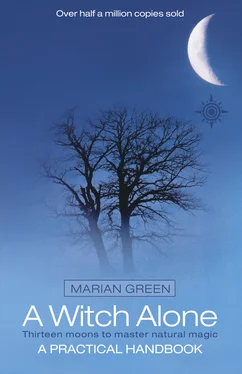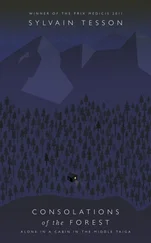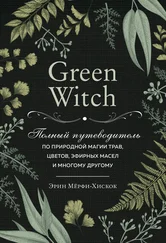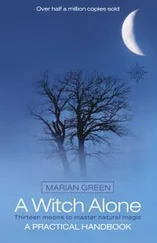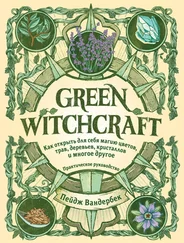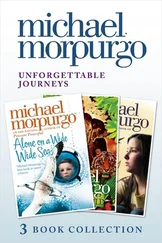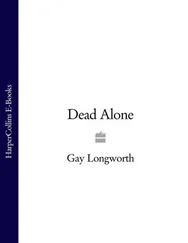You will also find, both in each chapter and at the end, some practical exercises for you to try. This is a matter for serious commitment, not just a skimmed read-through. Magic is at its most demanding and dangerous when it is dabbled with, so either try hard to work through the series of exercises in order, or ignore them altogether until you are ready. Many of them, like the mental exercises of Meditation in its various forms, Creative Visualization or Inner Journeying, Concentration, and understanding Symbols, are studies which will continue throughout your magical career, if you become willing to do the on-going work. Although these are taught here within an occult framework, you will discover that they are equally valuable in the everyday world. If you can visualize it will aid your memory, if you can meditate you will be able to find calm in frantic moments, if you can concentrate you can solve all problems.
Ideally you should set aside a regular half-an-hour every day to study, read or try out the various old arts. Some of those periods ought to be out of doors, if only in a garden or park, so that you can learn about Mother Nature, sense her moods and changes. Some exercises can be shared with friends, some really do need a companion, and others are best tried alone. Do your best, and the gods will bless you.
ONE A New Moon and a New Dream
What Traditional Witchcraft is really about on its practical side is the hidden powers of the human mind. These can be aided by traditional knowledge of techniques which will bring them out and develop them; but basically the powers of witchcraft, shamanism, magic or whatever one likes to call it are latent in everyone. This is one of the first things I was taught by Gerald Gardner also, so it is something about which there is a general agreement as a basic teaching.
DOREEN VALIENTE: The Rebirth of Witchcraft
As we enter the new century, many people are looking for new directions, in life, in philosophy and in religion. Some have set out on strange paths, beckoned on by the ideas and practices of foreign cults. Others have looked for a more homely, familiar tradition to follow, but this latter path is overgrown and lost in the modern world. Yet the longing remains. Somewhere there is a form of religious expression which appeals to the heart, is without dogma, brings the seeker close to the deities, from which spiritual comfort, healing and guidance may be received at first hand. Since the 1950s such a faith has been re-emerging under the title of ‘Witchcraft’. Witchcraft is not just a pagan religion, however, for it has at least two other interesting components. One is magic and the other encompasses a wide array of traditional crafts, from using herbs in healing to making talismans and charms.
Witchcraft, as a religious impulse, has never gone out to recruit or convert those of other faiths, nor does being a witch prevent you following an orthodox belief as well. Today there are Catholic witches, Quaker and Church of England witches, as well as Hindu, Jewish and Buddhist witches. The paganism of modern witchcraft is an expansive philosophy which holds all aspects of life as sacred. Its mythology includes many forms of gods and goddesses, both Classical pagan, like the pantheons of ancient Egypt, Greece or the Celtic and Norse lands of the North, as well as the magically born, annually dying and sacrificed hero gods, which can include Attis or Jesus. It is necessary to study all scriptures and holy books, and mythologies too, to reassess their teachings and values for the current world.
It is often thought that witchcraft involves the worship of a character which the Christians call ‘Satan’, but this is not true. The Satanists are not pagan witches but derive from Christianity, perverting the usual understanding of Good and Evil of that religion. Witches, on the whole, do not have any kind of evil deity. They worship Mother Nature, the Great Goddess who also rules over the triple phases of the Moon, and all the Waters, be they springs, rivers or oceans. Her consort, divine Son and Champion is the Lord of wild and tame creatures; he is the Hunter, the Corn King, the dying and reincarnating Sun God, bearing the antlers of the stag or the sun’s rays upon his brow. Each of these deities rules over patterns of change, the natural rebirth of the Earth’s green bounty in spring, its summer burgeoning, autumnal decay and winter rest. The Goddess is the Earth beneath our feet, our home and the substance from which our physical bodies are created. She is the water that refreshes and cleanses us, and the moonlight which, with its ever-fluctuating light, enriches our dreams, and if we are wise, awakens our magical powers of psychic vision. The Sun God lights up our world, giving it life, warmth and vital energy. Ultimately, it is from the Sun’s power that we receive our food for all green things are fuelled by solar reaction, and where there is no light there is no life as we know it.
In witchcraft there is no sense of ‘having to believe’ in an Earth Goddess and a Sun God, but each one who comes freely and of their own will to the Old Religion will come to know, through personal revelation and religious experience, that mighty powers can be encountered and prayed to, from whom guidance, strength and healing can be genuinely received. The seasonal festivals which mark the passing year enact the lives of the Goddess and her Son/Consort, bringing their energies into the sacred circle so that they may be communed with by all who seek them. There is no dogma, just a body of myths and legends handed down by country folk, the original paganus, in song and rhyme, in dance and mime, in tale and half-remembered calendar custom or traditional fair.
In earlier times, when almost everyone worked on the land or at crafts and skills connected with natural produce, a sequence of seasonal events punctuated the turning year with feasts and festivals, gatherings and partings. In each village there would be a number of families pursuing inherited crafts: the blacksmith, the baker, the cobbler and, probably, the wise one/herbalist/witch. Just as the blacksmith would teach the magics of his skill with metals to his sons, so would the healer/witch teach her children, so that the old knowledge would be passed down, within the family, to both men and women. The Cunning Men had their own Mysteries, trade secrets if you like, as did the women, which would help them discover lost cattle, cure sickness in mankind, beast or the land itself, oversee the loves and hates of their community, offering wise advice or charms and potions, as the client requested. They would be the keepers of the community’s songs which spoke, since Celtic times, of every individual’s lineage, his grandsires and traditional crafts. They would know the herbs that aided childbearing, or kept pregnancy from befalling. They knew the plants which would bring peaceful sleep, or death, or dreams of wild frenzy. They would watch the heavens, noting, in their own unwritten code, the births of children, deaths of the old, meetings and partings of lovers and their fingers were always on the pulse of village life, their dark eyes at the knotholes of the shutters, watching their narrow world go by. Because they knew what was in the hearts of those who came seeking love potions, or vengeance or luck, they could barter or predict or manipulate the outcomes of any activities within their magically delineated patch. They held the secrets of life and death, and were feared or respected for their craft, their skills and their magics.
And these old unwritten wisdoms live on, hidden in the secluded and veiled world of ‘Witchdom’. They are seldom found in books, for most of the old arts are trivial, the spells simple, the crafts are intuitive rather than learned in an academic way. They are seldom found in covens, either, for these modern groups of witches are directed by a High Priestess and a High Priest, in regular rituals often held, perforce, inside a house rather than out in the moonlight, where Mother Nature holds all in her thrall. The covens offer friendship and shared worship, regular activities and initiation for those who seek that path. But it isn’t the only way. Many excellent books have been written for coven witches, spelling out their ceremonies, degrees, philosophies and mythology, but this offers only one side of the coin.
Читать дальше
